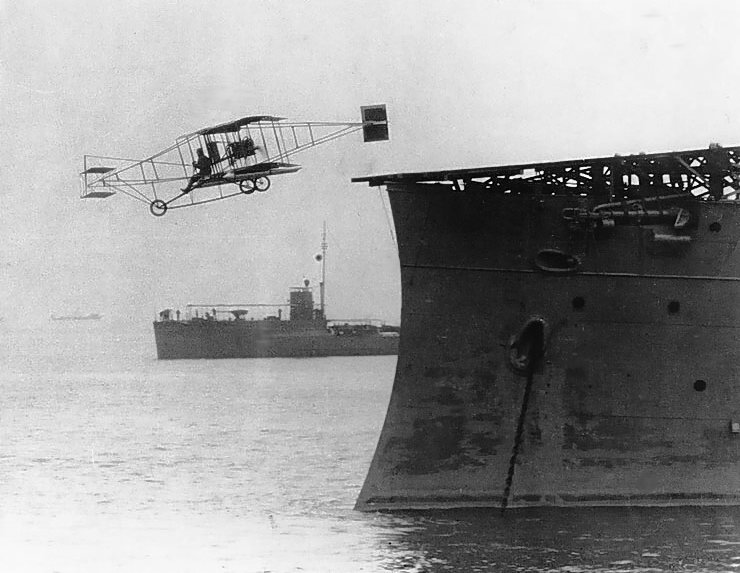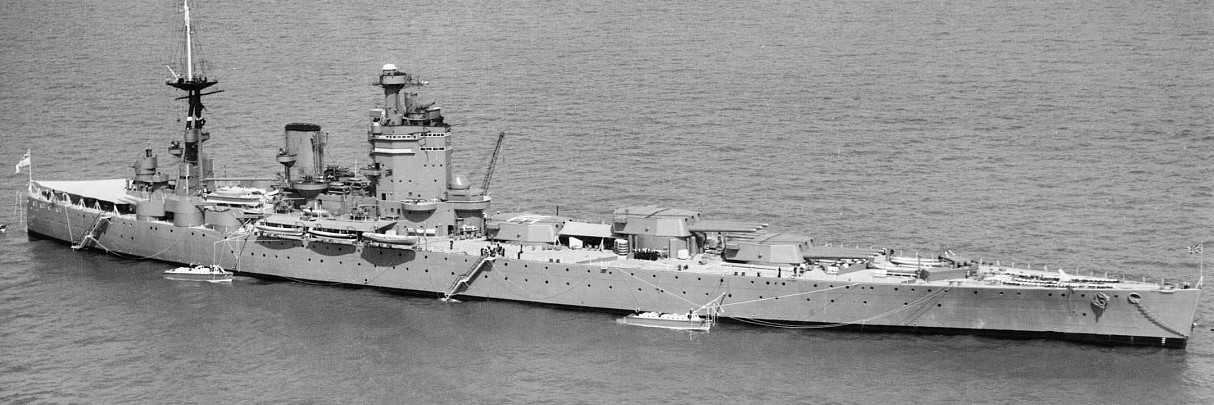It's time for our regular open thread. Talk about whatever you want, so long as it isn't Culture War.
The Naval Institute Press Holiday Sale is here! This is an excellent chance to stock up on naval books for the coming year, as they give 50% off a bunch of books, and free shipping. I've only included items that are specifically on sale, either for Christmas (which runs through 12/14, but was extended a couple times last year) or in their normal "Clear the Decks" clearance. Members get 40% off more books, and the $40 web membership can be well worth it. Shipping is $5.50 for the first book and $3.50 for more books the rest of the year. In the process of making my own list, I also selected a few works that I think would be of interest to readers here. Yes, I do own every single one of these, and there's only a few I haven't read cover to cover.
First, they're selling the History of US Naval Operations in WWII bundle again. This is an excellent series, going into surprising detail on everything the USN did in WWII. I gave a couple sets as presents last year.
Second, a bunch of Norman Friedman stuff is on sale. His seminal US Battleships: An Illustrated Design History, the new British Battleships of the Victorian Era and its sequel British Battleships 1904-1945 are all 50% off. Other works available cheaply include US Submarines Since 1945, Revised Edition, US Aircraft Carriers, Fighters Over the Fleet, and the excellent Network-Centric Warfare. Also, the incredible Guide to World Naval Weapons Systems can be had for only $40.
From other authors we have Nicholas Jellicoe's Jutland: The Unfinished Battle (which formed the basis for my series), Kaigun, on the Japanese Navy, R A Burt's British Battleships 1919-1945, British Aircraft Carriers by David Hobbs, and the superb Nelson's Navy.
Overhauled posts include Iowa parts three, four, and five, Ballistics, US Battleships in World War II, all three parts of The Battleships of Pearl Harbor, and The Battle of Lissa.









Recent Comments